Avast Ye! 4 Pirate Paintings Worth Their Weight in Gold

Ahoy, matey! In celebration of International Talk Like a Pirate Day—recognized annually on September 19—we’ve pillaged our archives and unearthed gleaming treasures painted by acrylic artist Karen Yee. Yee passed away in 2016, sadly, after a long illness, but we’re pleased to celebrate her amazing work and contribution to the art world with this selection of figural paintings. These portraits, featuring would-be plunderers dressed in pirate regalia, were among her favorite subject matter.
Subscribe to Artists Magazine now so you don’t miss any great art instruction, inspiration, and articles like this one.



Many of the portrait posers Yee created belonged to a tight-knit community of people who frequented Renaissance and pirate festivals around the country, often traveling in full costume and brandishing impressively crafted backstories and personas. Yee preferred to paint subjects who wore masks, costumes or makeup, in large part, because she believed that the accoutrements freed the wearers, which allowed their true personalities to shine.
“I think the more you cover up, the more you feel you can be yourself. When you’re in costume, you’re free. You can do whatever you want. I think that shows through.”
Karen Yee
Demo: At the Benefit of Captain Bad Jack

1
Yee sketched the composition onto the canvas using a light pencil first, followed by mostly dark brown paint. After the initial sketch, and painting in the background to a workable point, she worked on the focal points—the face of the pirate and the parrot—from back to front and top to bottom. Working from back to front gives a sense of depth to the painting, while painting from top to bottom helps cover any drips that may occur.

2
More work on the pirate’s face followed. Paint colors Yee typically used for faces included a flesh tone, darker browns, ivory or parchment whites, greens and even purples. Depending on the size of the face, she blocked in color with a larger brush first, but always ended with the detail brush in hand—usually a size No. 0 or so. “The face isn’t always the most time-consuming part, but to me it’s the most essential,” she said. “.If I can get the face right, then I know the rest of the painting will be all right.”

3
Because the hat is located behind the parrot, Yee painted it next to increase the sense of depth. “I often go back and rework or retouch things I think are finished,” she said, “as I work my way through the painting and see how one object interacts with another—and how the composition looks as a whole.”

4
Yee blocked in some colors to get a sense of the overall composition. “I do work from photos,” she noted, “but sometimes I change the colors as I see fit. This happens more often with the background, to make it more dramatic. Frequently I paint the background a color, start working on the subject, and then change my mind and rework the whole background with an entirely different color. The acrylic paint I use is very thin, so I do many layers, at least three or four, sometimes more.”

5
Yee focused on the parrot and then went over the coat again. She approached painting the parrot as she would anything she painted, breaking the subject down objectively, identifying what color she actually saw, and what color is next to that color, and put it all together like a puzzle.

6
Yee detailed the coat and refined other areas, as needed.
This material originally appeared in the Fall 2016 issue of Acrylic Artist and was written by Brett Ortler.
Enjoying this article? Sign up for our newsletter!
From Our Shop
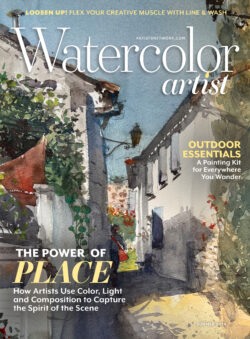
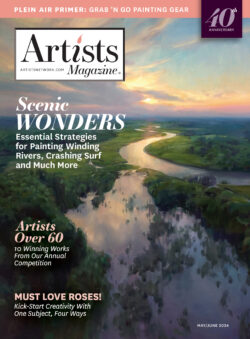
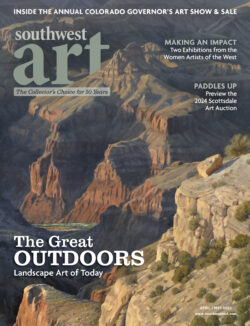
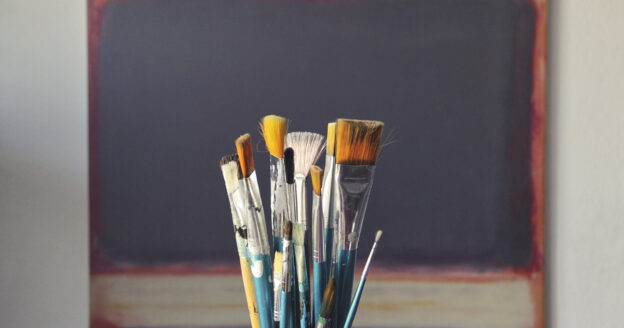


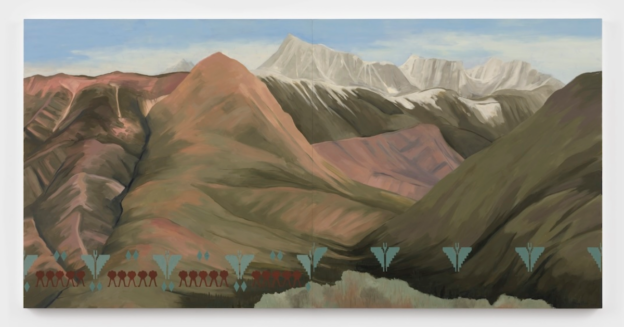
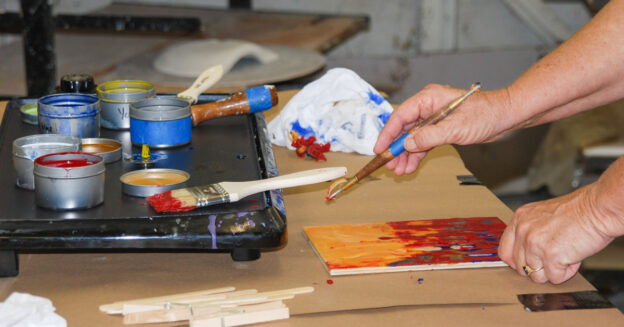

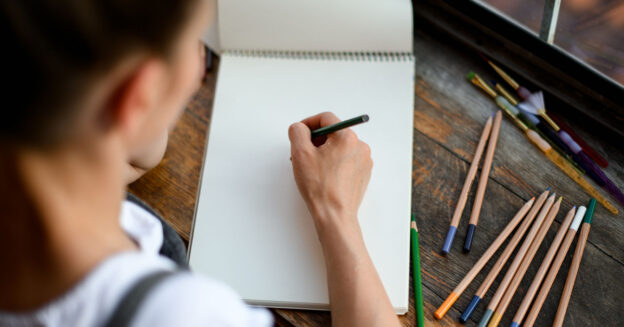
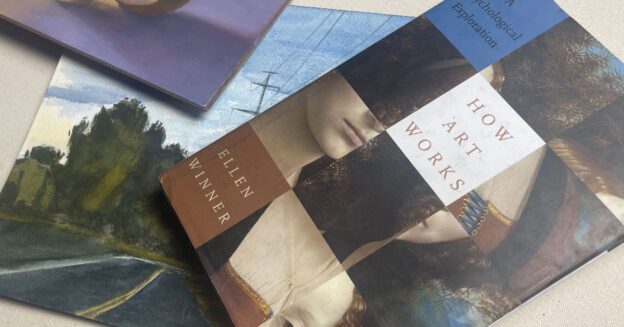
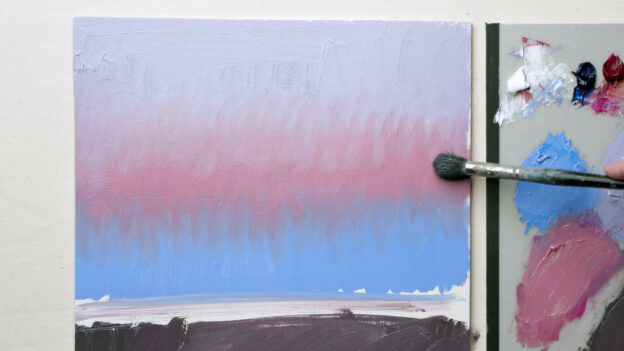
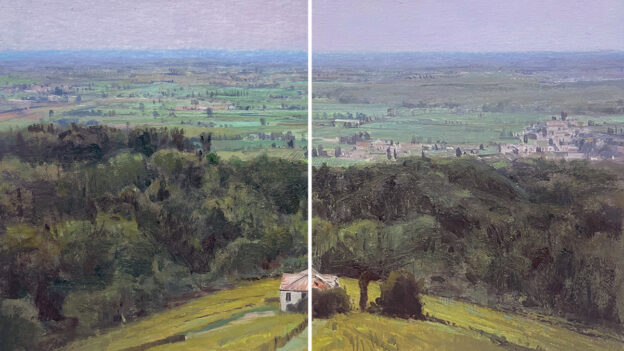
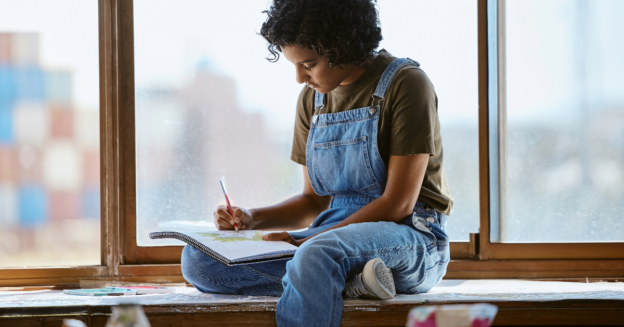
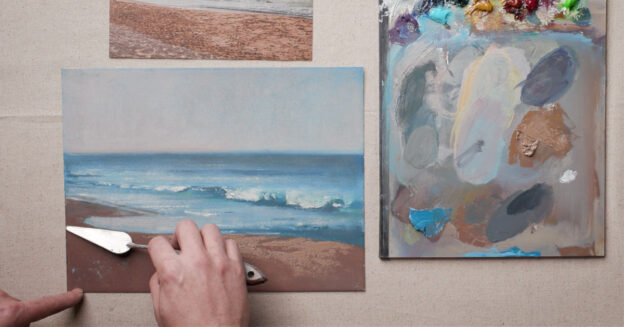
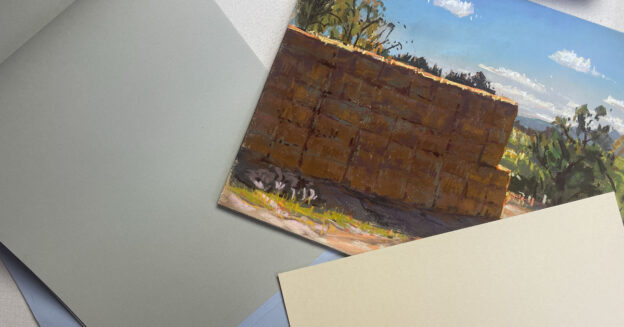
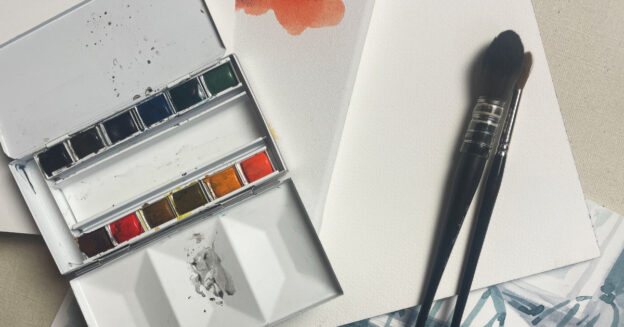
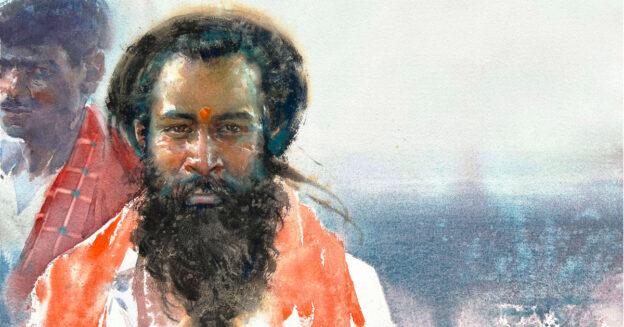

Join the Conversation!